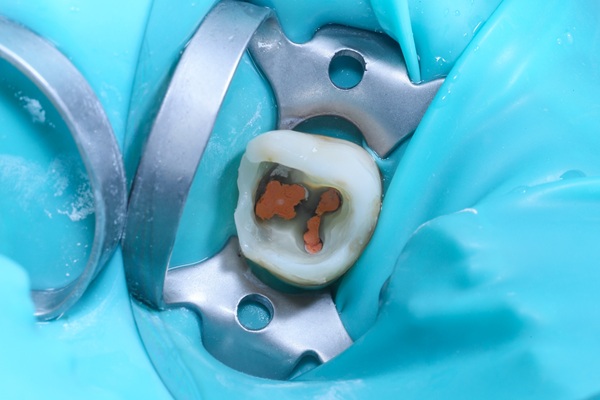Understanding Endodontics: A Guide to Root Canal Therapy

Endodontics is derived from the Greek words "endos" which means within, and "odont," meaning tooth. This dental discipline centers on the study and treatment of the tooth pulp as well as tissues around the root of the teeth. The most common treatment in endodontics is root canal treatment, which is often associated with pain. However, recent advances in dental technology and anesthetics have made root canal treatments virtually painless and quite effective at saving damaged teeth.
Endodontics: An overview of root canals
Endodontics deals with problems in the inner portion of the tooth where the pulp chamber and root canals contain the tooth pulp (nerves, connective tissue, and blood vessels). Endodontic treatment is necessary to avoid further tooth loss and infection caused by repeated dental procedures, trauma, and cracks.
Root canal treatment usually begins with an examination to determine the extent of pulpal damage. X-rays of the teeth and surrounding tissue are used to search for signs of infection or damage. Patients may present with symptoms requiring root canal treatment such as discoloration of teeth, bleeding gums around a tooth, spontaneous or persistent pain in the teeth and gums, or prolonged sensitivity.
The root canal procedure
Root canal therapy is an extensive procedure that may require one or two visits depending on the severity of the case. The procedure entails the following steps:
Administration of anesthetics
Local anesthetics are given to the numbed area around the affected tooth to minimize the pain. Subsequently, a small protective layer called a dental dam is placed over the tooth surface to isolate the tooth and keep it from saliva during treatment.
Accessing the pulp chamber
The endodontist will drill a small incision on the crown of the teeth to access the pulp chamber. This access point allows the removal of inflamed or infected pulp tissue and the cleaning of root canals.
Removal of infected tissue
Special tooth instruments are used to extricate the pulp from the chamber and root canals. The dental professional cleans and shapes these canals to prepare them for filling. Irrigation solutions are usually used at this stage to clean the canals and debris.
Filling the canals
Once the canals are dry and clean, they are filled with a biocompatible material (usually gutta-percha). The root canals are sealed with an adhesive cement. Sealing the canals prevents the re-entry of the bacteria and additional infection.
Restoring the tooth
The tooth is restored to its original form, look, and function with a filling and crown after the root canal treatment. Removing the pulp from the tooth weakens its structure. Dental restoration protects the teeth from additional harm and restores their functionality.
In summary
Root canal therapy is used primarily to save teeth that would otherwise have to be extracted. By removing the infected, inflamed pulpal tissue, the endodontist can preserve the tooth structure. Myths about root canal treatment abound, but understanding the details of this endodontics procedure can help alleviate those fears and help people get the treatment they need.
Request an appointment here: https://www.sheats-endo.com or call Sheats Endodontic Group at (615) 526-2495 for an appointment in our Nashville office.
Recent Posts
An endodontist is a dentist who has additional training in diagnosing and treating issues that affect the inner part of the tooth, called the pulp. These dentists often spend most of their time performing procedures like root canals on teeth with damaged pulped chambers. A root canal involves going inside a tooth and removing soft…
A root canal specialist can correct any problems that affect the pulp cavity. The internal parts of the tooth affect its health. Issues that occur will need immediate treatment. Here are the signs that you may need treatment from your root canal specialist.This happens when the individual consumes hot or cold foods and drinks. The…
Root canal therapy can treat and preserve natural teeth affected by deep tooth decay, infection, inflammation, or traumatic injury. The treatment focuses on removing the compromised tissue within the tooth, protecting surrounding teeth, and maintaining long-term oral health. That way, patients can avoid having to go through the trouble of getting tooth replacements that require…
Do you have cracked teeth? Read on to learn more about treatment for cracked teeth. Such fractures need the services of an endodontist, a dental professional with many years of experience treating tooth pain and root canals. The American Association of Endodontists points out that timely intervention is important if you wish to save a…


